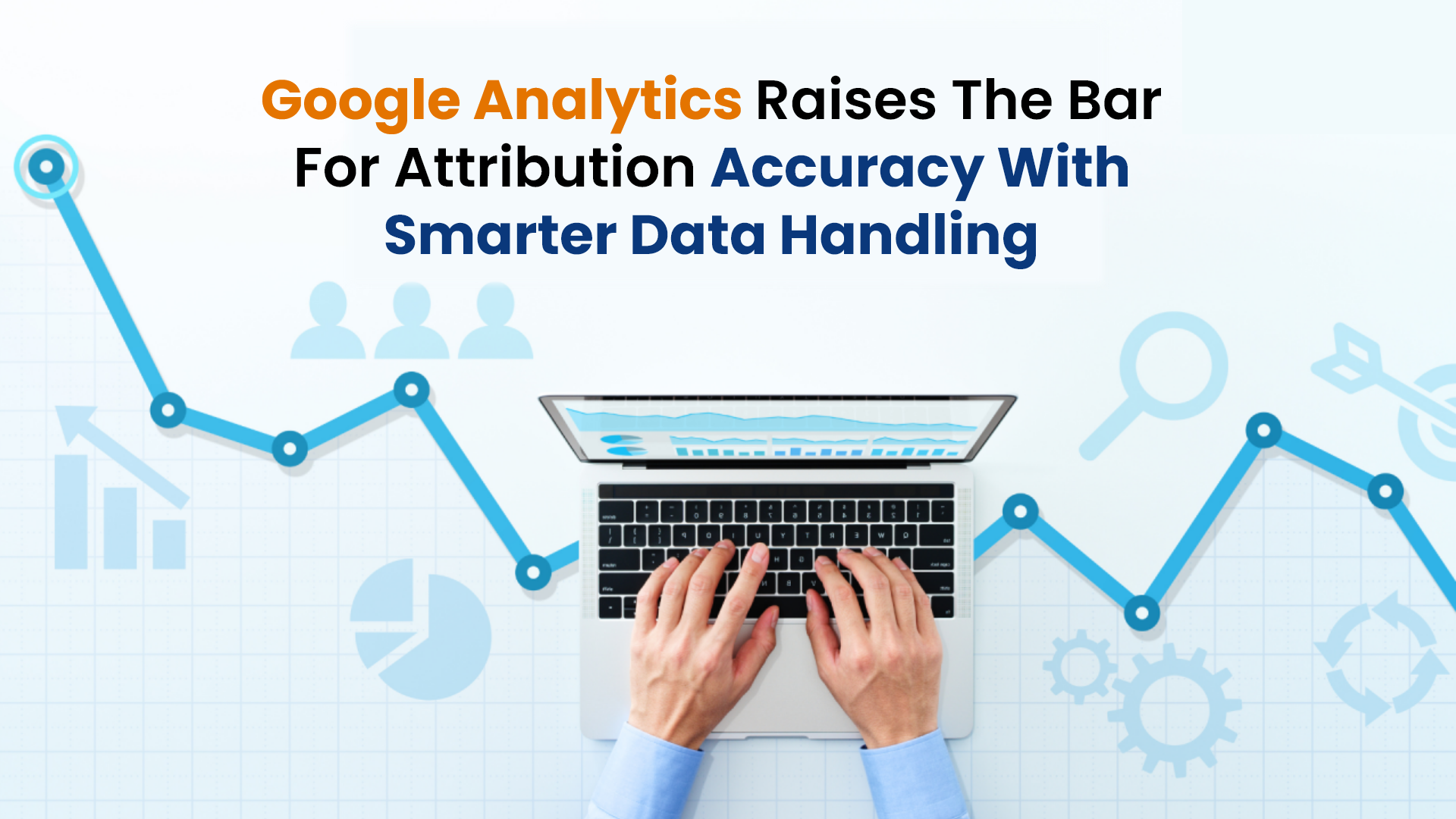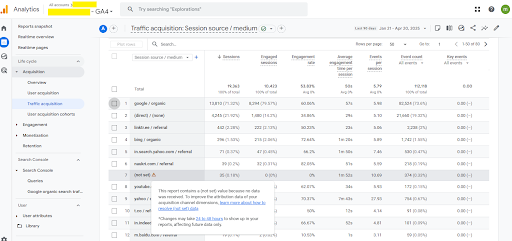Google Analytics Raises the Bar for Attribution Accuracy with Smarter Data Handling

In the rapidly shifting landscape of digital marketing, the demand for high-quality, actionable data is at an all-time high. As privacy regulations tighten and traditional tracking mechanisms become less reliable, marketers are facing growing attribution challenges—ones that can have a direct impact on ROI, budget decisions, and campaign effectiveness.
In response to these evolving dynamics, Google Analytics has introduced a suite of powerful updates designed to uphold data integrity and strengthen attribution, even in environments where identifiers like GCLID are no longer consistently available.
As an SEO professional and strategist working hands-on with analytics, I see this as a pivotal evolution in how we, as marketers, can continue driving performance with confidence.
Smarter Attribution with Aggregate Identifiers
A major enhancement is the introduction of aggregate identifiers, rolled out specifically to combat attribution gaps when Google Ads click data (GCLID) is missing due to consent restrictions or technical barriers. This move is especially relevant for agencies and businesses dealing with rising “Organic” traffic that is actually misattributed to paid traffic.
What makes this game-changing?
- Google Analytics now prioritizes accurate channel attribution even without traditional identifiers.
- Smart fallback mechanisms use aggregate identifiers first, then rely on UTM parameters like utm_campaign as the final attribution layer.
This is a win for SEO and paid media professionals alike, ensuring better separation of traffic sources and ultimately cleaner attribution paths in multi-channel funnels.
Improved Transparency Through Enhanced Data Labels
The latest update also aims to make reporting more intuitive with two important labels:
- “(data not available)” now appears when information is missing due to system delays, helping marketers distinguish between technical lags and configuration issues.
- “(not set)”, a long-standing placeholder, now comes with improved tooltips, so teams can quickly diagnose whether the issue is tied to tracking implementation, privacy settings, or missing parameters.

As someone frequently conducting analytics audits, I appreciate how these refinements help reduce guesswork, accelerate issue resolution, and elevate team confidence in the data.
Proactive Data Quality Monitoring
Google is also putting more emphasis on preventative data health. The newly introduced data quality indicator, located at the top of reports, acts like an internal QA tool—flagging errors such as missing session_start events and linking directly to troubleshooting resources.
Additionally, system-generated annotations are now live. These appear in reports as alerts whenever there are internal changes or events that may impact data reliability. While they can’t be edited, they provide a valuable layer of context often missing in traditional analytics setups.
Final Take: What This Means for SEO and Digital Strategy
For those of us responsible for aligning organic and paid efforts with broader marketing KPIs, this is a welcome step forward. These updates aren’t just technical tweaks—they’re part of a larger shift toward data resilience and ethical tracking.
In my day-to-day work with clients and stakeholders, I often emphasize that data quality is a strategic advantage. These latest changes reaffirm that even in a privacy-first world, it is possible to maintain precision, confidence, and transparency across marketing channels.
Google Analytics is evolving, and as subject matter experts, it’s our role to ensure that teams adapt fast and make the most of these tools to drive sustainable business growth.
By Tarun Saxena,
SEO & Digital Marketing Manager
Source: Google Analytics Help – Strengthen your marketing strategy with high quality data
